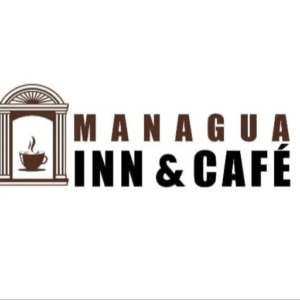Do I need to get a COVID test to travel to Nicaragua?
Yes, a negative COVID test is required to enter Nicaragua.
With the number of cases of COVID starting to decrease in many countries, people are beginning to get the itch to travel again.
A negative COVID test result is required in order to enter Nicaragua. Whether you’re vaccinated or not makes no difference. It’s important that you are aware of the timing for getting the test done and when the results need to sent to your airline. This will keep things as stress free as possible!
Although travel to Nicaragua was never (officially) blocked, many airlines are choosing not to fly here. American Airlines, Delta, Continental and Spirit Airlines, which all had regular service to the Managua International Airport before March 2020, are still not flying to Nicaragua. Only Taca, Avianca and AeroMexico currently offer regular service to Managua.
With the lack of supply of flights comes higher ticket prices for backpackers! Hopefully this will change once regular flights resume again.
In the meantime, some travelers have continued to fly into Managua, or instead, have chosen to fly to nearby Liberia, Costa Rica, and then crossed the land border into Nicaragua.
What are the COVID test requirements to enter Nicaragua?
- Nicaragua requires all travelers to the country to produce a certificate of negative PCR (serology) test, taken no more than 72 hours before arriving in the country.
- Test results must be provided to the airline/travel coordinator 36 hours before the scheduled flight for review by the Nicaraguan authorities.
- What’s NOT accepted are Antigen tests, Rapid tests, doctor’s letters or doctor’s certificates.
- Make sure you keep a copy of the test results to show to the border agent when you arrive in Nicaragua.
What to expect when you arrive in Managua
Things are definitely more complicated now than they were before COVID. But, thankfully, not much else has changed here in Managua. Travelers can still expect to find most restaurants, tourist sites, government offices and malls, open for business. Many larger stores, government offices and shopping centers, for example, will require that shoppers (and their employees) are wearing masks at all times and keep at least 2 meters of distance in lines.
Keep in mind that when you are returning to your country of origin, you will have a whole new set of COVID test requirements.
We’ve put together another article that will be helpful for explaining how to get your COVID test in Nicaragua when you’re ready to travel home.
We require that our guests wear masks during the check-in process in reception and also whenever they can’t keep at least 2 meters distance from other guests and staff.
Please let us know if you have any questions about availability or bookings.

